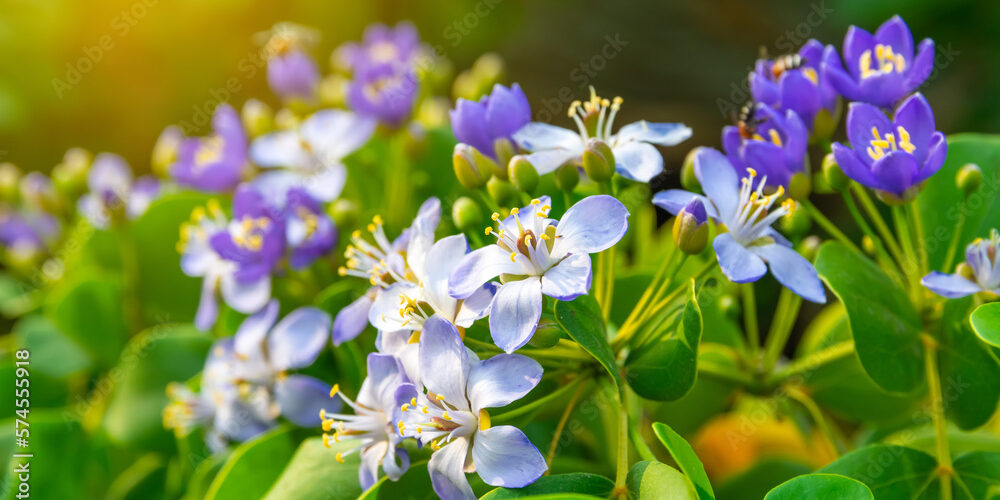Jamaica, an island nation known for its rich culture and breathtaking landscapes, is also celebrated for its distinctive national symbols, particularly its national flower and tree. These symbols are deeply entrenched in the country’s heritage and offer insight into Jamaica’s natural beauty and ecological diversity.
The national flower of Jamaica is the Lignum Vitae, scientifically known as Guaiacum officinale. This flower was officially proclaimed as the national symbol in 1962, the same year Jamaica gained independence from the British. The Lignum Vitae is not only notable for its striking blue flowers but also for its medicinal properties. Historically, it has been used to treat a variety of ailments, thanks to the therapeutic qualities of its wood and resin. The name itself, translating to “wood of life” in Latin, reflects its enduring importance.
Equally significant is the national tree of Jamaica, the Blue Mahoe (Hibiscus elatus). This tree is a hybrid species native to the Caribbean region and is particularly valued for its colorful wood, which displays hues ranging from blue to green with streaks of purple and red, making it a favorite for woodcraft. The Blue Mahoe grows rapidly and can reach up to 20 meters in height, making it a prominent feature of the Jamaican landscape.
Both the Lignum Vitae and the Blue Mahoe are not only vital cultural symbols but also essential components of the Jamaican ecosystem. They highlight the island’s commitment to preserving its flora and fauna and serve as a constant reminder of Jamaica’s unique environmental heritage. Through these symbols, Jamaica celebrates its natural endowments and promotes environmental awareness and conservation.







